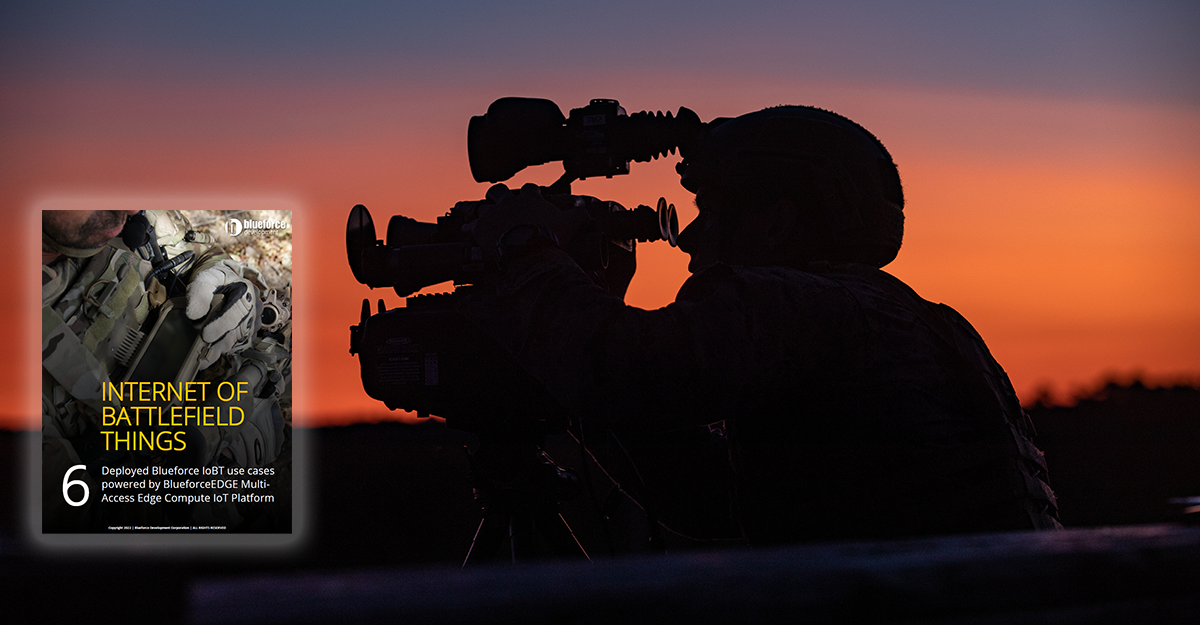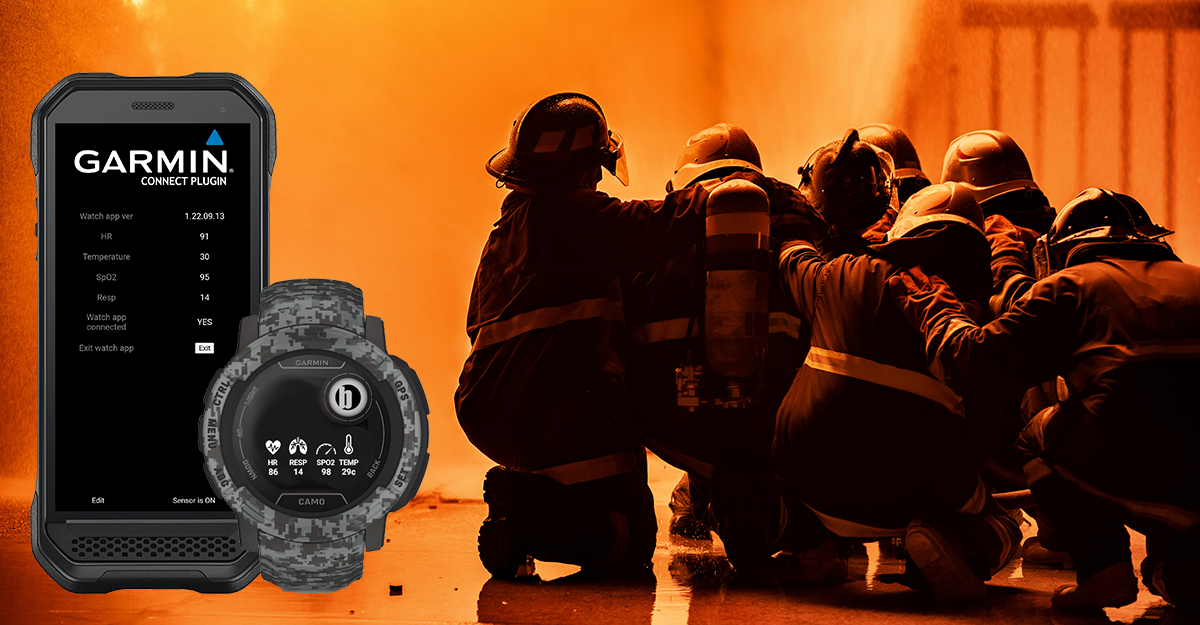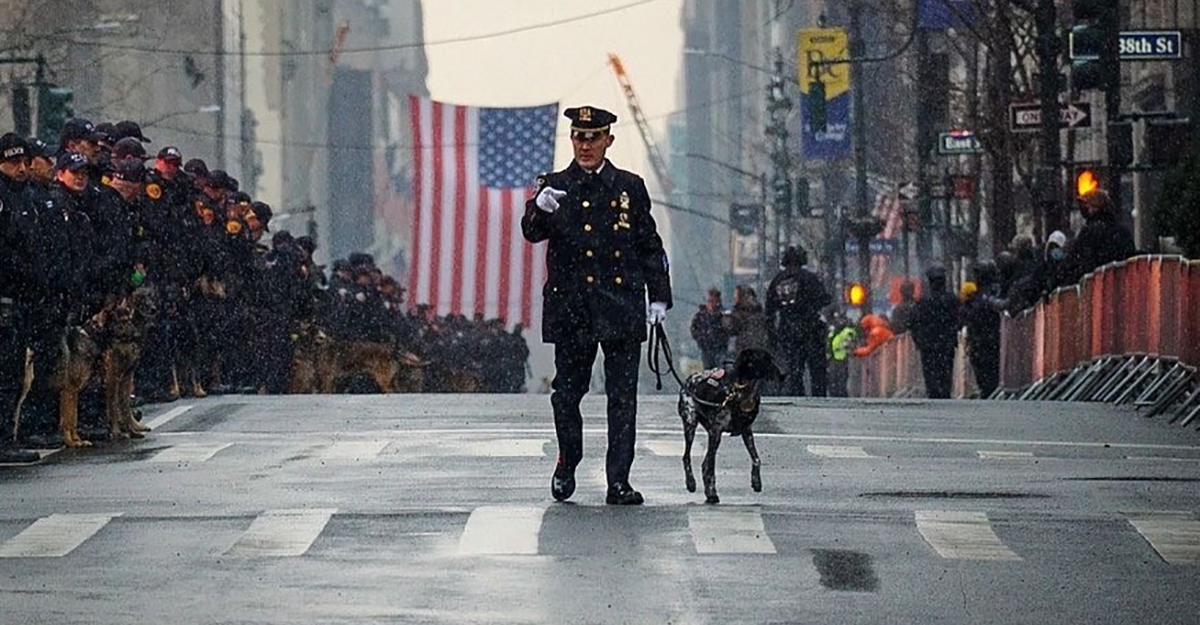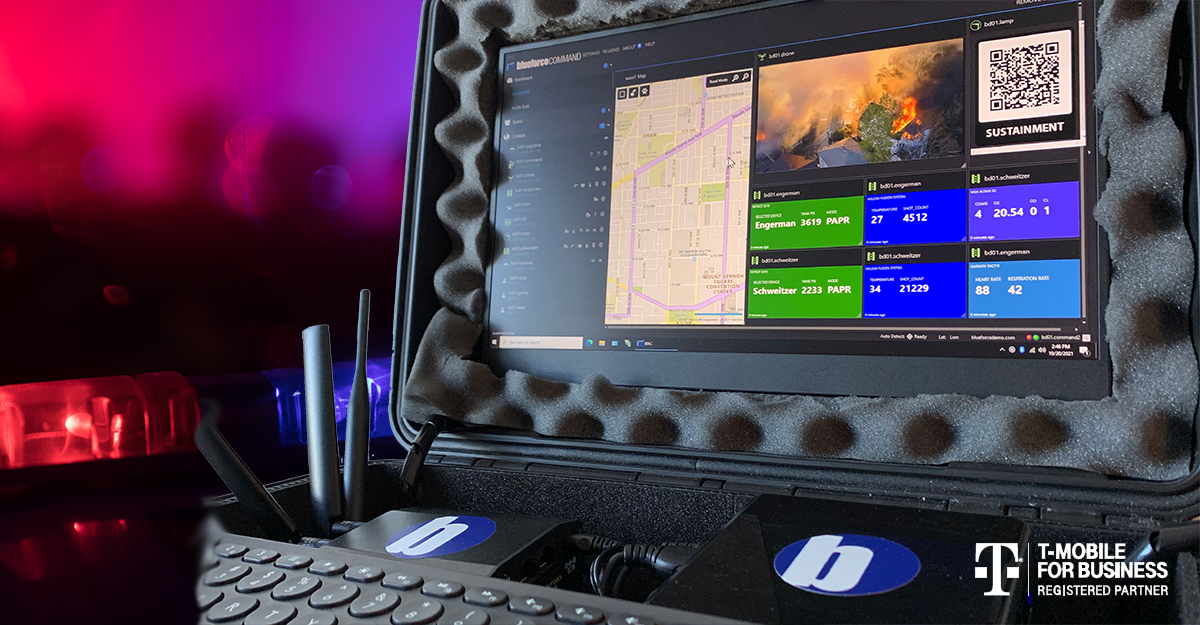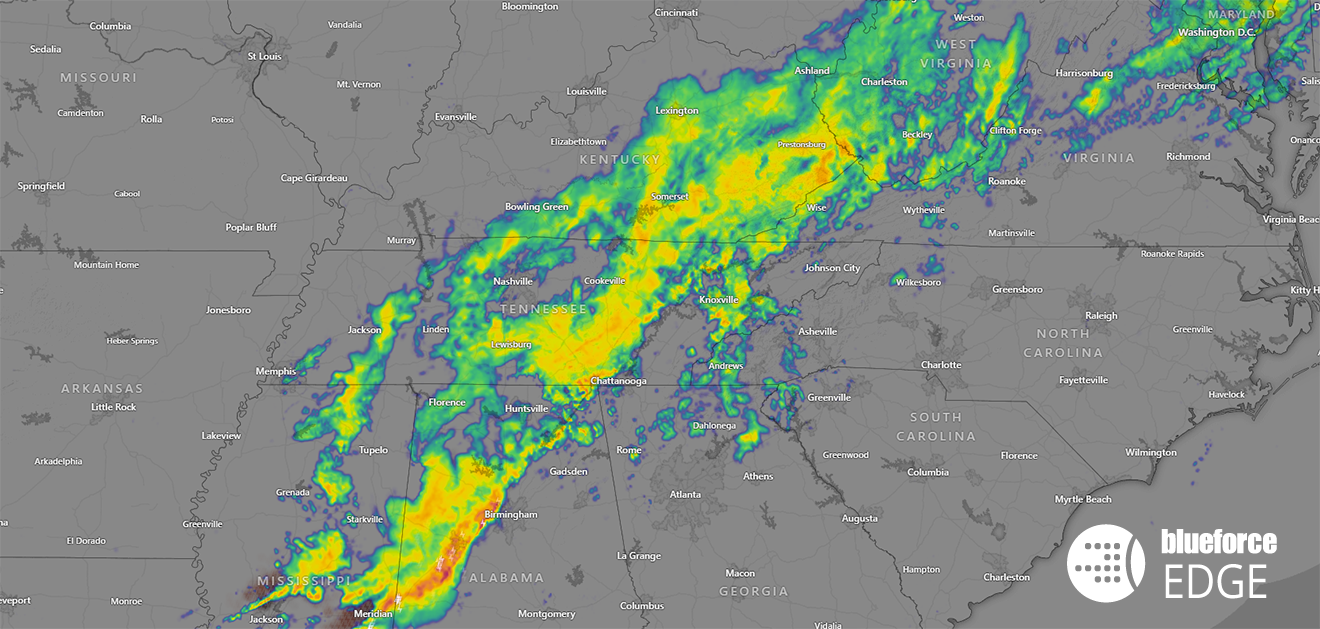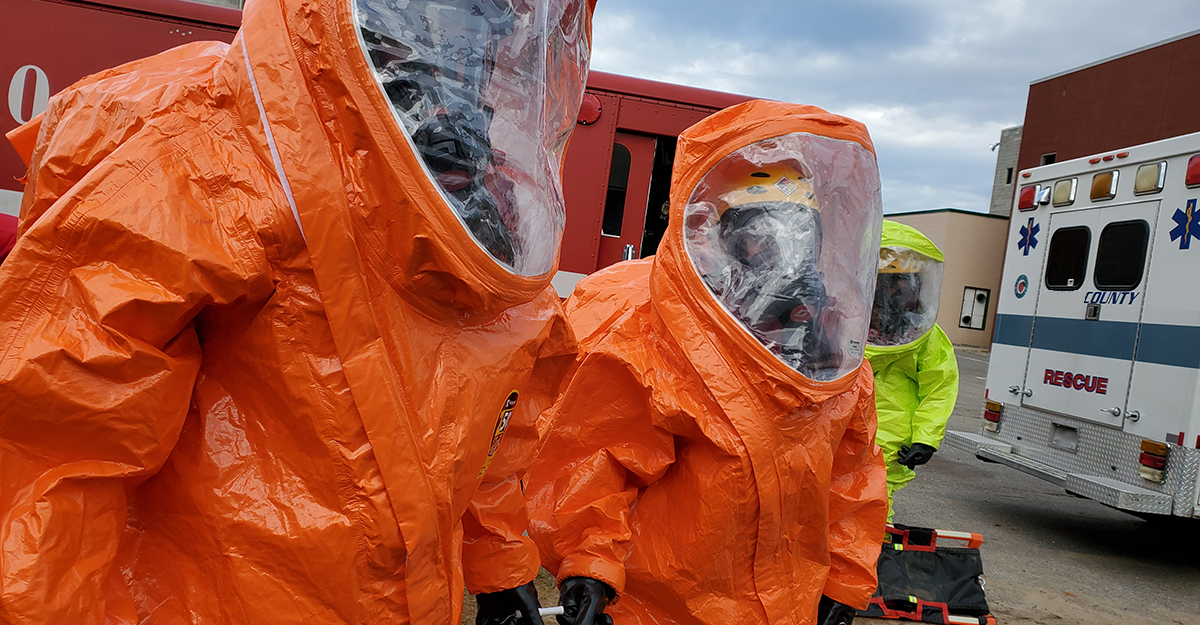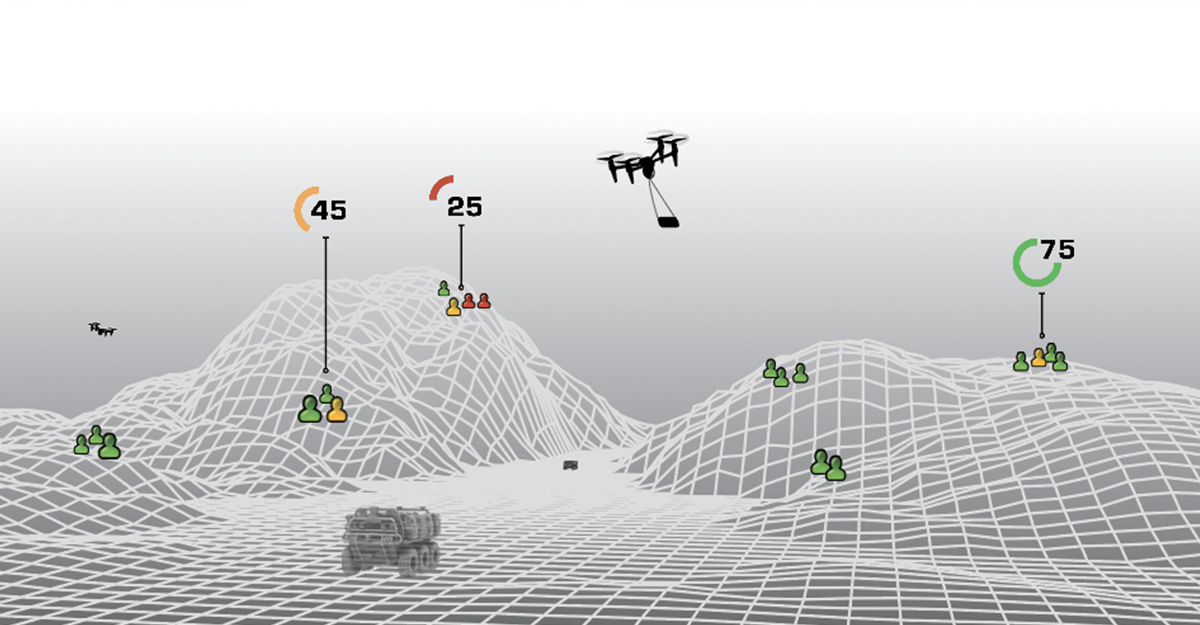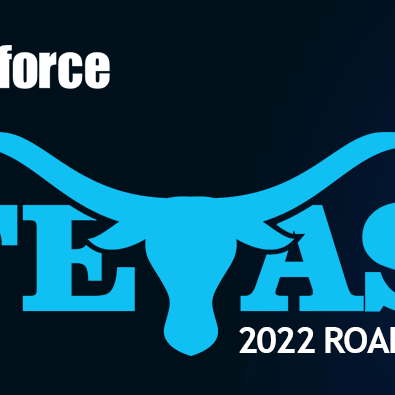Blueforce and The Internet of Battlefield Things eBook
SIX capabilities, powered by Blueforce’s edge IoT technology, that deliver immense capability to our National Security Operators and Organizations. Pervasive sensor technology presents the opportunity for operators to extend their capabilities, share information horizontally, and swarm faster than their adversaries, by communicating with devices that are installed at fixed locations, carried, mounted on manned and unmanned systems, or worn on the body, the latter of which...
Read More

